Folks With Disabilities Were Lacking Representation in the Culinary World, so I Took Matters Into My Own Hand
Who says a stump can’t grow, blossom, and make a mean vegan spaghetti and meatballs?
There’s no denying that my stump gives powerful and empowering main character energy. But that wasn’t always the case.
I was born in Edmonton, Canada, 41 years ago to a tight-knit family that enjoyed nothing more than the warmth of gathering around the table together for a meal. I also happened to be born without my left hand. Both these facts remain true today: I am still close to my shared-meal-loving family, and my stump is part of my identity. My doctors remain unsure why I was born without a portion of my left arm (aka my “stump”) to this day. Maybe amniotic band syndrome? Perhaps some other fancy medical term?
Candidly, I’d be willing to bet that my stump happened as a result of me channeling my inner superhero from the womb. I’ve been fascinated by Superman and his ability to fight villains with superhero strength for as long as I can remember. His iconic flying pose with one arm raised, fist punching forward and eyes wide with strong will and determination? Yeah, that was me when I was just a wee bun in the oven. So my tongue-in-cheek guess as to why I’m missing a left hand: I was in my mom’s belly attempting to fly like the superhero that I’ve always modeled myself after. My arm got stuck on the way out, and, well, you get the picture.
Fast forward five years, and my stump had started to take on a life of its own—strong character and conviction included. Growing up, my little sister thought the most “lit” activity was playing make-believe with my stump. She named it Bebe, and together we began to develop its persona. Bebe played the part of the superhero (of course), while Biggie (my right arm) was the villain. They would duel, but Bebe always proved victorious, beating Biggie in the final throes. The lighthearted game was one of the first instances that I found myself fully embracing what I know to be true today: That my stump is a beautiful entity and a powerful sidekick, and underestimating its potential results in loss.
And yet, my stump does not define me. I’m a creative type, a choir nerd, a soulful singer. I love to do cosplay (with my stump). I play the ukulele. I’m the proud mom of a 3-year-old toddler. And I absolutely love to cook.
Folks with disabilities have a lot more than ‘searing until medium rare’ to manage in the kitchen
Before we get cooking on the rest of my story, I’d like to shine a light on the many hurdles folks with disabilities have to navigate in the kitchen (and everywhere, for that matter), from the process of putting away food in the pantry to slicing, searing, serving, and—the ultimate ugh—the cleanup.
The vast majority of the world’s spaces have been built without people with disabilities in mind, but the kitchen has been particularly unkind to us. Knives? Juggling skillets filled with hot, splashy oil? Even handling canned goods is a next-level pain in the [insert body part here]. And don’t get me started on kitchen design itself: Why the standard countertop height has to be 3 feet above the floor is beyond many… pun intended.
In the face of neverending obstacles, folks with disabilities have an awe-inspiring ability to adapt. We often find workarounds to help us navigate these “norms” in the kitchen, including ways to enlist another body part or a tool or contraption that makes feeding ourselves (and others) easier.
Sometimes that means getting creative when trying to open a bag of chips or jar of pickles with one hand. But what’s most concerning about the limitations people with disabilities face in regards to food is access. Procuring food in the first place—grocery shopping without assistance, visiting a market that isn’t Americans with Disabilities Act (ADA)-complaint—can be a nightmare for my community. The same can be said about the financial implications of accessing food when you live with a disability.
The community of folks with disabilities is already at a higher risk for food insecurity, meaning a lack of consistent access to food. People with disabilities make up approximately 12 percent of the U.S. working-age population; however, they account for more than half of those living in long-term poverty—and the physical, mental, and financial toll this can take is deeply concerning. In 2021, the USDA reported that a startling 28 percent of unemployed adults—and 24 percent of fully employed adults—with disabilities were food insecure. (For context, 7 percent of households without adults with disabilities were food insecure in the same year.) Then in 2022, supermarket food prices increased by 11.4 percent in the U.S. Let it be known: Inflation and rising costs for food delivery have had a staggering impact on the disabled community.
Taking matters into my own hand
Now you understand why my stump did not immediately jive with the skills required to make the many meals I so badly wanted to. I did way more watching (mostly of my dad) in the kitchen than cooking my entire life, up until eight years ago, when I was diagnosed with gluten intolerance and simultaneously became a vegan.
Suddenly having to adopt a new dietary pattern is challenging regardless of what’s trending in the food industry, but finding ready-to-eat foods that both appealed to me and fit a vegan, gluten-free lifestyle back then (yes, less than a decade ago) was bleak at best. My solution? To step up my cooking game, and do it as quickly as possible.
Cut to me tuning into the Food Network, dead set on mastering the art of mise en place, and immediately finding myself filled with anxiety and fear. Whether a “professional chef” or a “home cook,” the techniques being shown were both far beyond my skill level and, more importantly, completely physically impossible for me to attempt in my own home kitchen. No one was teaching culinary techniques that would be accessible for someone with a disability like my own. Time to take matters into my own hand, I thought.
"Next thing I knew, my stump had become my number-one cooking tool."
—Alexis Hillyard
There were two foundational strategies I found that helped inspire my fearlessness in the kitchen. First, embracing improvisation—no need to take anything too seriously. And secondly, always taking things nice and slow so I could really focus on developing cooking methods that worked for me and my body. Next thing I knew, my stump had become my number-one cooking tool. Who needs a citrus juicer when you can just enlist your Bebe instead?
As I developed my confidence in the kitchen, my partner, Alison, would gush about how engaging it was to watch me do my thing on camera. This ultimately sparked the idea for an online cooking show. And as they say, the rest is history: Stump Kitchen was born.
Stump Kitchen tackles ableism with its superhero strengths of community, representation, and good food
In March 2016, I officially launched Stump Kitchen, my YouTube channel focused on providing tips for making delicious meals when you live with a disability. It really couldn’t have come at a better time: I was in a dark place in my life, and when I began editing my videos I saw myself looking visibly joyful, energetic, goofy. I had hours of footage proving that I had found a very hopeful, promising purpose. I wanted to keep cooking on camera for purely selfish reasons—it just made me feel so happy, so seen.
But with time, my “reasons” for leading Stump Kitchen greatly expanded, as did my network of viewers. The overwhelming wave of positive feedback I received from my community opened the doors for the platform, and proved to me that working as a full-time content creator could evolve into something incredibly impactful. I took the leap.
Stump Kitchen has since become a safe space for championing limb differences and body positivity. On the show, I often host guests—many that I now call lifelong friends—that have different types of disabilities, and they kindly demonstrate how they go about the kitchen and what creative strategies help them navigate food prep in a predominantly ableist society. And when I want to get more personal with knowledge-sharing, I love to host in-person and virtual cooking classes.
The highlight of my career thus far is when someone with a disability (or their loved one) shares that my content inspired them to embrace their body’s differences; that they’re shedding themselves of shame and starting to lean into their superhero strength. Comments like “I watched your videos, and now, I no longer feel the need to hide my hand” are life-giving. If my viewers pick up a nifty new cooking skill along the way, even better.
Seeds have been planted, but they can’t grow without support
My ultimate goal for Stump Kitchen is to flip the script when it comes to folks’ expectations of what cooking with a disability actually looks like, and to spread awareness and education on the topic. I also hope to serve as a role model in my community of folks with disabilities, which I didn’t have direct access to growing up. (I won’t go so far as to suggest the term ‘Superwoman,’ but I do think ‘Superbebe’ has quite the ring to it.)
Sharing my love for food and my passion for empowering people with disabilities through Stump Kitchen has given me the opportunity to connect with a much larger network and help provide a glimpse of the much-needed representation the disabled community desperately deserves. Who says a stump can’t grow, blossom, and make a mean vegan spaghetti and meatballs?
At the end of the day, real change sparks when we celebrate the lives of people with disabilities, and one key way is to prioritize putting them front and center. Representation helps the disabled community connect, navigate, knowledge-share. It also raises awareness of the ableism evident in every nook and cranny of the kitchen (and society at large) and what needs to change to make meal preparation (and life in general) more accessible for folks with disabilities. Anyone I can kindly pass the mic to?

